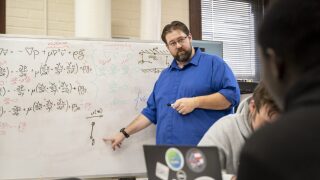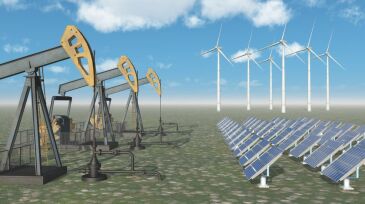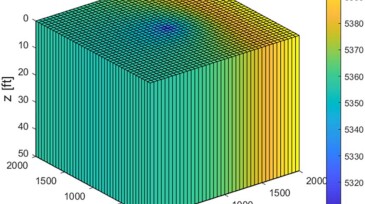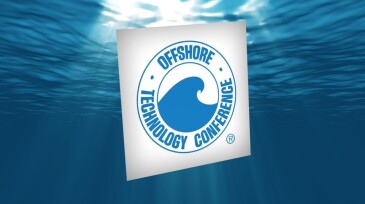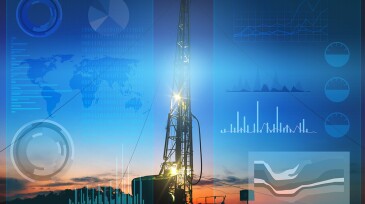Technology
AI is transforming oil and gas, but the real change will come from young professionals (YPs) who bridge technology and field expertise. By leading pilots, building networks, and challenging old assumptions, YPs can drive the industry’s digital transformation from within.
PE Ltd.'s software will allow students and faculty to work directly with modeling technologies and build real-world, job-ready skills.
Founding dean of Missouri S&T’s Kummer College, James D. Sterling, sat down with Joshua Schlegel, associate professor and associate chair of nuclear engineering and radiation science, to discuss why nuclear power is making a comeback and what its resurgence means for the future of energy.
-
Being the academic arm of oil and gas exploration and production, petroleum engineering R&D is expected to drive the frontier in petroleum technology. This article identifies and elaborates on five fundamental technological R&D challenges in today’s upstream petroleum industry.
-
The oil and gas industry is transforming. It is vital to look at how traditional E&P companies are reforming themselves for the future energy corridor.
-
Jet pumps are low-cost items in any application, compared with alternative boosting systems, and can be used effectively to maximize the production performance.
-
A generic, multi-purpose reservoir simulator is a tool that every petroleum engineering graduate should have in his or her arsenal. This article overviews the main features a basic reservoir simulation program combines, all doable through a few hundred lines-of-code, regardless of the preferred coding language.
-
Can we extract more value from our models? The answer lies in the tools we use and in our approach to modeling.
-
SPE is accepting applications for its annual Energy Startup Competition. The deadline for applications is 2 July.
-
Fourteen technologies from 14 companies around the world were selected, including five companies receiving small business recognition.
-
To develop improved predictive models of complex real-world problems, one needs to pursue a balanced perspective. Ultimately, the physics we know needs to rely on data to unmask the physics that we do not yet know.
-
Traditional solutions do not solve the problem of flaring. The large amount of power produced at the well pads using power generators or turbines may be utilized by heavy duty equipment or some other type of a large electric consumer—Bitcoin.
-
Geothermal energy is arguably the most renewable and abundant form of energy on the planet. So why is it that less than 1% of the world is currently powered by geothermal energy?



